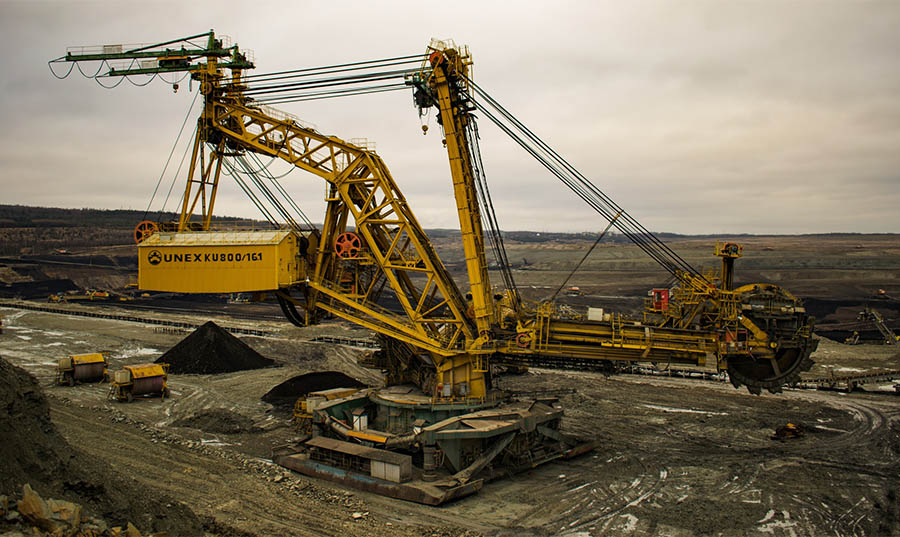It is absolutely time to revisit and revise New York State’s absolute liability standard imposed upon contractors and owners for construction-related accidents. New York Labor Law Sections 240 and 241, colloquially referred to as the “Scaffold Law,” impose a strict liability standard on contractors and owners for elevation/gravity related accidents. Unlike other personal injury matters, the Scaffold Law does not allow for any consideration of the comparative fault of the injured worker for causing and/or contributing to his/her accident. As a result, facts such as the injured worker’s decision not to wear personal protective equipment (“PPE”) that is provided by his/her employer and readily available at the jobsite are not considered in evaluating liability or the award of damages.
Having worked in the construction industry for the past twenty years, and having overseen the Safety, Risk Management, and Loss Control Departments for contractors with a New York (as well as a national and international) presence, I’ve seen beyond dispute that New York’s Scaffold Law is among the primary reasons for the soaring cost of construction. It drives up the value of settlements and verdicts which, in turn, increases the cost of insurance. In fact, many insurance carriers have stopped writing policies in New York as a result of this antiquated and imbalanced law. And those carriers that have kept writing programs in New York have dramatically increased their premiums as well as the deductibles and self-insured retentions that the insured contractors are required to carry.
The net effect is an ever-increasing cost to build. Further, it has forced many contractors and subcontractors to seek projects outside of New York, price shop insurance programs with carriers that are not admitted in New York State, and purchase policies that contain numerous exclusions that do not provide any actual coverage. These increased costs are then passed along to consumers on private sector projects and taxpayers on public sector projects.
This is not to say that injured workers should not be compensated for elevation-related accidents on construction sites. Nor is it intended to endorse contractors that curtail spending on training, safety, PPE, and supervision that the workforce needs to perform their work. But, when the Occupational Safety and Health Administration (“OSHA”) investigates an elevation-related accident and determines that the injured worker caused or contributed to his/her accident by not using available PPE, rushing/cutting corners, failing to follow proper procedures and/or the employee’s own training, but the contractor/employer cannot use OSHA’s findings to mitigate or cut off the worker’s entitlement to compensation for his/her own negligence, which is precisely what the Scaffold Law does, then it is time for some major reform.
Until New York State addresses this inequity, contractors and subcontractors should do the following:
- Read your insurance policies very carefully. Be careful of endorsements that exclude coverage for elevation-related work.
- Engage experienced insurance brokers, advisors, and other professionals who specialize in the construction industry. With insurance premiums being among the top three annual expenses for most contractors (along with payroll and brick & mortar costs), it is imperative to work with specialists who understand your business, the types of coverage that are needed, and how to put together a program that provides real coverage.
- Spend money on training, upgrading PPE, and supervision. In this era of increasing deductibles, think about how much it costs to proactively address safety issues vs. how much you spend on claims within your insurance deductibles.
New York’s construction industry cannot move forward and realize its full potential if antiquated laws keep it tethered to the past.

